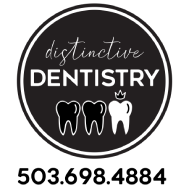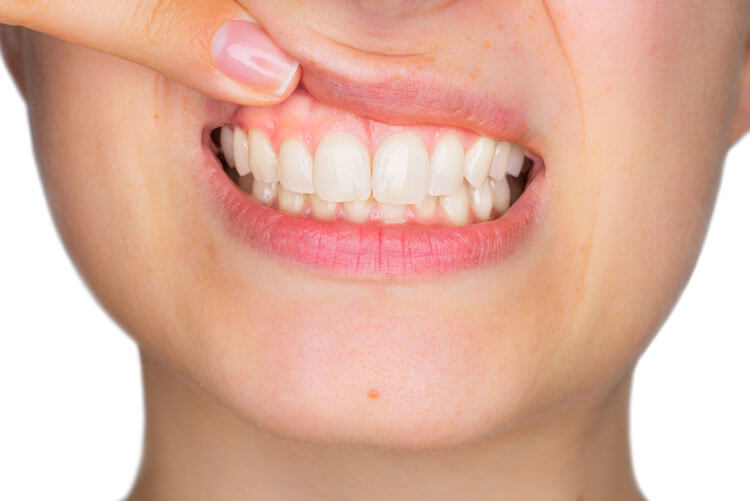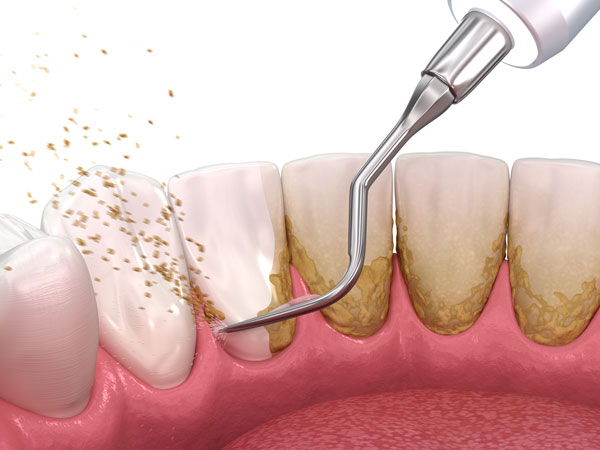Gum disease, also referred to as periodontal disease or periodontitis, often begins with bacterial growth in the mouth and may end with tooth loss due to the destruction of the tissue surrounding the teeth.
The primary cause of gum disease is plaque build-up. Other causes may be due to
- Poor oral hygiene (irregular brushing and flossing)
- Smoking
- Alcohol consumption
- High sugar intake
- Diabetes (patients are at a higher risk of developing periodontal disease)
- Illnesses and diseases such as cancer or HIV which interfere with the immune system.
- Hormonal changes make gums more sensitive, making it easier to develop gingivitis.
- Some drugs and medications lessen the flow of saliva or cause abnormal growth of gum tissue.
- Old age
- Family history of gum disease
Plaque is that sticky film of bacteria that forms on the teeth, and it is especially noticeable when you don’t brush your teeth.
Gingivitis is inflammation of the gums due to the build-up of bacteria in plaque. Once this happens, the gums become inflamed and bleed easily when you brush your teeth. Gingivitis is treatable with dental cleanings and regular dental check-ups.
If gingivitis is left untreated, it can lead to periodontitis (gum disease), where irreversible bone or other tissue damage may occur. When this happens, the inner layer of the gum and bone pull away from the teeth and form pockets that collect debris and can become infected. As plaque spreads and grows below the gum line, the pockets deepen, and more gum tissue and bone are destroyed. As a result, teeth are no longer anchored in place, and they become loose and eventually fall out.
While gum disease symptoms are not always obvious (in fact, it’s often a very silent disease!), even in advanced stages, there are specific symptoms that point to some form of the disease. These include
- Bleeding gums during and after brushing
- Red, swollen, or tender gums
- Persistent bad breath or a bad taste in the mouth
- Receding gums
- Formulation of deep pockets between teeth and gums
- Loose or shifting teeth
- Changes in the way teeth fit together when biting down or in the fit of partial dentures
If you suspect you have gum disease, make an appointment with Dr. Klemann for a full evaluation.
During your dental exam, Dr. Klemann will examine your gums for bleeding, swelling, firmness, and pocket depth (the space between the gum and tooth–the more extensive and deeper the pocket, the more severe the disease); your teeth to see the movement and sensitivity of teeth and proper teeth alignment; and your jawbone to help detect the breakdown of bone surrounding your teeth.
If you are diagnosed with gum disease, Dr. Klemann will develop a treatment plan for you that is based on your stage of disease, how you have responded to earlier treatments, and your overall health. Options range from nonsurgical to control bacterial growth to surgery to restore supportive tissues.
The goal of any treatment option for periodontal disease is to promote reattachment of healthy gums to teeth, reduce swelling, depth of pockets, risk of infection, and stop disease progression.
The non-surgical treatment options available for gum disease include:
Professional Dental Cleaning. Dr. Klemann may require that you have dental cleanings more than twice a year to remove plaque and tartar build-up on the teeth. Dental cleanings are a preventive measure to prevent disease progression. They are not a treatment for active gum disease.
Scaling and Root Planing. These are deep cleaning procedures done under a local anesthetic. Plaque and tartar (hardened plaque or calculus) are scraped away (scaling) from above and below the gum line, and rough spots on the tooth are made smooth (planing). In smoothing the rough spots, bacteria are removed and provides a clean surface for the gums to reattach to the teeth.
Surgical options are recommended for patients who need more than scaling and root planing to treat gum disease. Some of those options include:
Flap Surgery/Pocket Reduction Surgery. For this procedure, the gums are lifted back to remove tartar build-up. In more severe cases, bone is smoothed to limit areas where bacteria can grow.
Bone Grafts. Fragments of your bone, synthetic bone, or donated bone can be used to replace bone destroyed by gum disease. The graft aids in the regrowth of bone to restore the stability of teeth.
Soft Tissue Grafts. This procedure is done to reinforce thin gums or fill in places where gums have receded. The tissue is grafted from the roof of the mouth and stitched in place to the affected area.
Guided Tissue Regeneration. When the bone supporting your teeth has been destroyed, guided tissue regeneration is done to stimulate bone and gum tissue growth. A small piece of mesh-like fabric is inserted between the bone and gum tissue to keep the gum tissue from growing into the area where the bone should be. This procedure is often done in combination with flap surgery, and both are done to allow the bone and connective tissue to regrow to better support the teeth.
Bone Surgery. This procedure is done to smooth shallow craters in the bone. The bone around the tooth is reshaped to decrease the craters, making it harder for bacteria to collect and grow. This procedure is frequently done following flap surgery.
If you are a diabetic, you need to take extra special care of your oral health, as there is a direct link between diabetes and periodontal disease. Gum disease can actually raise your blood sugar level. The good news is that gum disease treatment can help control your diabetes.
There are several things you can do to reverse gingivitis and the progression of gum disease. For starters, daily brushing and flossing with professional cleanings done twice a year will significantly help to control plaque. Controlling plaque is key to restoring your oral health.
If you think you have symptoms associated with gum disease, call Distinctive Dentistry at (503) 698-4884 to schedule an appointment, confirm the diagnosis, and begin treatment.



